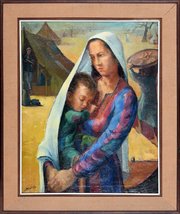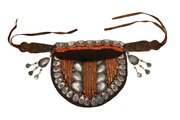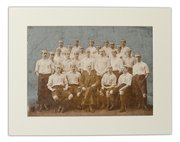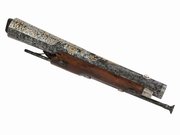
Ivory Chess Piece (Knight)
Museum of Islamic Art
- Title:
- Ivory Chess Piece (Knight)
- Production place:
- Sicily
- Date:
- 1075 - 1199
- Period:
- 11th century CE
- Title:
- Ivory Chess Piece (Knight)
- Production place:
- Sicily
- Date:
- 1075 - 1199
- Period:
- 11th century CE
- Material:
- Ivory, Pigment
- Technique:
- Carving, Incising, Painting
- Dimensions:
- 3.2 cm
- Diameter:
- 2.8 cm
This chess piece represents a knight, as seen by the single protrusion representing the horse’s head, and once formed part of an enormous and expensive set. Based on the similarity of its decoration to that found on a group of ivory caskets, this piece can be attributed to Sicily or southern Italy.
Chess was a popular indoor game and quickly spread from India throughout the Islamic world. At this time chess was played exclusively in royal and noble circles and as a consequence the pieces were often crafted from rare and expensive materials like ivory. True elephant ivory has been a luxury since very ancient times, and was used on its own to fabricate small objects or as a decorative inlay. Traded from sub-Saharan Africa, ivory was eagerly sought by successive Middle Eastern and Mediterranean cultures: ancient Egypt and Mesopotamia, classical Greece and Rome, and later Byzantine and Sasanians. The Muslims inherited this legacy, and continued the various traditions of working it.



